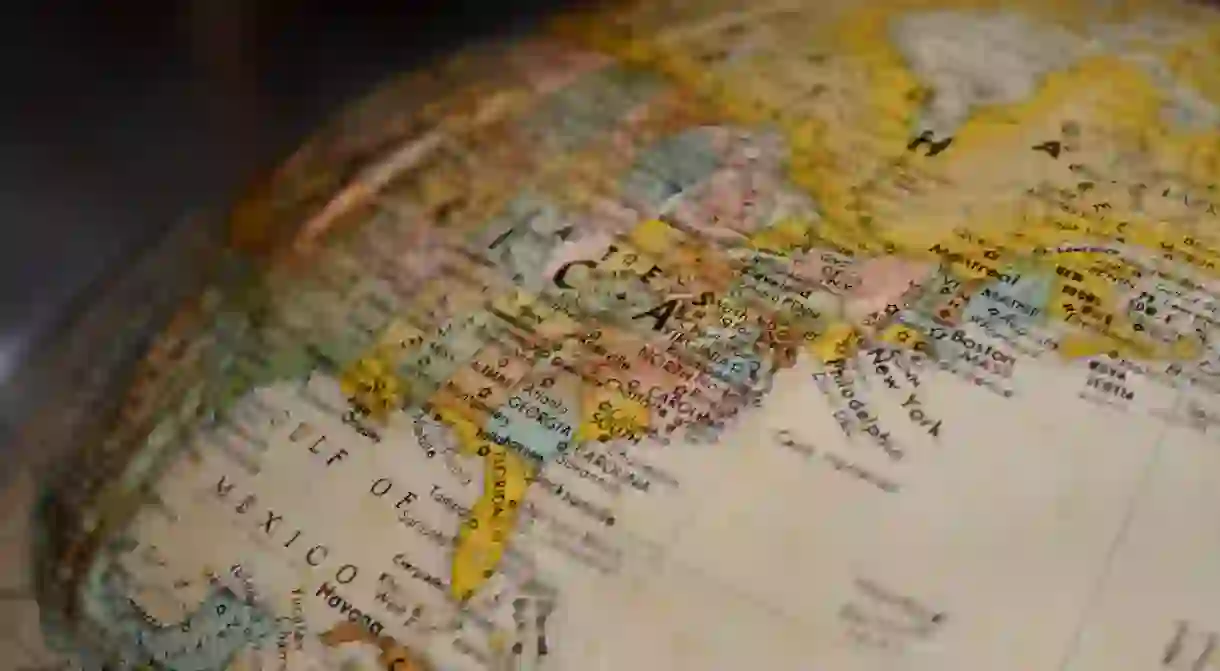New Website Tracks the Origins of Historic Paintings

A lot can happen in the centuries following an artwork’s creation. If you’ve ever wondered how a painting wound up in front of you at a museum, Mapping Paintings is a new website that facilitates the investigation of an artwork’s backstory.
Forged in Venice in the mid-16th century, Titian’s Adam and Eve (1550) passed through the hands of Antonio Pérez, secretary to Philip II of Spain, then spent over 240 years with the Spanish royal family, before ending up in the Prado’s collection, in Madrid, where it remains.
The Spanish museum provides an unusually robust account of Adam and Eve‘s history, which is relatively straightforward in comparison to Titian’s Europa (1562), for example. That work bounced around Spain, France, and Britain for 300 years, before settling in at the Isabella Stewart Gardner Museum in Boston.
Simply put, historic paintings often possess surprisingly elaborate backstories that add to their significance and could alter their value.

Developed by art history and architecture professor Jodi Cranston, in partnership with Boston University and the Kress Foundation, Mapping Paintings is a new website designed to map out the journeys of famous paintings, from their creation through to their present-day whereabouts.
The project’s central purpose is to acknowledge what the Hyperallergic blogazine aptly describes as the hard-to-pin-down “complex migrations” of artworks, particularly pieces that are centuries old. The project is an extension of Cranston’s earlier initiative, Mapping Titian, which focused specifically on tracking works by the Italian Old Master.
“I think that many visitors to museums don’t realize that these artworks had interesting lives before they arrived on the museum walls, and it’s neat to think about what these artworks witnessed and who else saw them,” Cranston explained to Hyperallergic. “It deepens the viewing experience and brings history to life.”
While Mapping Paintings is a fascinating tool for curious members of the public, it’s particularly useful for art historians. In her professional experience, Cranston saw a gap in the market for art history scholars in need of a singular database for provenance data.
As an open platform, Mapping Paintings allows art historians to both contribute to, and utilize data. Data that could be instrumental in settling ownership disputes, particularly over looted paintings, and which provides context for setting prices.













